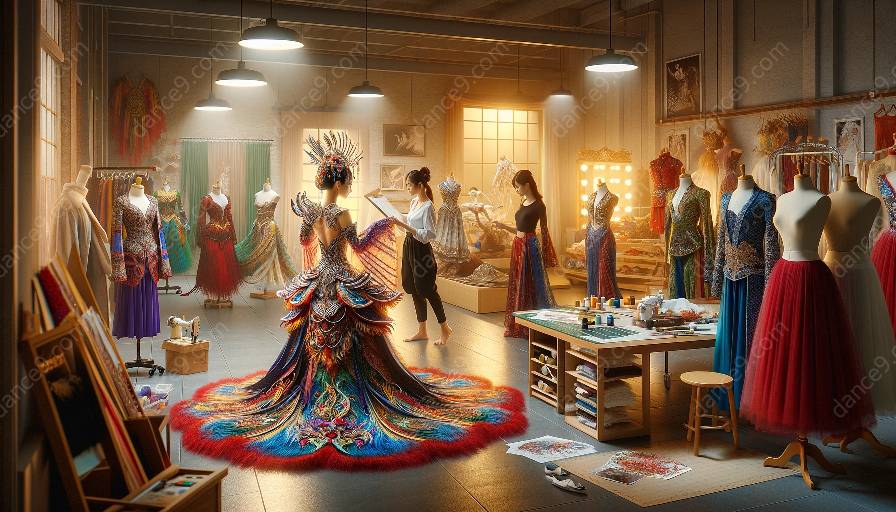When it comes to dance performances, the costumes worn by dancers play a crucial role in conveying the artistic vision of the choreography. In this article, we will explore the difference between rehearsal costumes and performance costumes in dance, and how costume design can significantly impact the overall presentation of a dance piece.
Rehearsal costumes are primarily functional, designed to allow dancers to move freely during rehearsals while providing minimal distractions. Typically, they are simple and comfortable, allowing dancers to focus on perfecting their movements without the constraints of elaborate attire. These costumes may consist of practice leotards, leggings, or shorts, and are chosen for practicality rather than visual impact.
On the other hand, performance costumes are specifically tailored to enhance the visual appeal of a dance piece during live performances. They are crafted with attention to detail, taking into account the choreography, music, and overall theme of the performance. Performance costumes often incorporate intricate designs, vibrant colors, and embellishments that accentuate the movements of the dancers on stage, creating a visually captivating experience for the audience.
The choice of costumes for rehearsals versus performances reflects the different objectives of each context. Rehearsal costumes prioritize functionality and comfort, allowing dancers to practice and refine their movements without unnecessary restrictions. In contrast, performance costumes aim to contribute to the storytelling and emotional expression of the dance, amplifying the impact of the choreography through visual aesthetics.
Costume design in dance is a collaborative process that involves choreographers, costume designers, and dancers themselves. It requires a deep understanding of the artistic concept behind the choreography and how costumes can complement and enhance the movements and emotions conveyed through dance. The costume designer must consider factors such as fabric selection, construction techniques, and mobility requirements to ensure that the costumes not only look visually stunning but also enable the dancers to execute their choreography with ease and grace.
Moreover, the synergy between costume design and dance extends beyond mere aesthetics. The choice of costumes can convey historical or cultural references, establish a specific time period or setting, or symbolize abstract concepts within the dance narrative. The visual storytelling capabilities of costumes add depth and meaning to the choreography, enriching the overall dance experience for both performers and audiences.
Ultimately, both rehearsal costumes and performance costumes in dance serve distinct purposes in the artistic process. While rehearsal costumes facilitate the practical aspects of dance training and preparation, performance costumes elevate the visual impact and emotional resonance of dance performances. By understanding the significance of costume design in dance, choreographers and dancers can harness the power of costumes to elevate their artistic expression and create compelling narratives through movement and aesthetics.











































